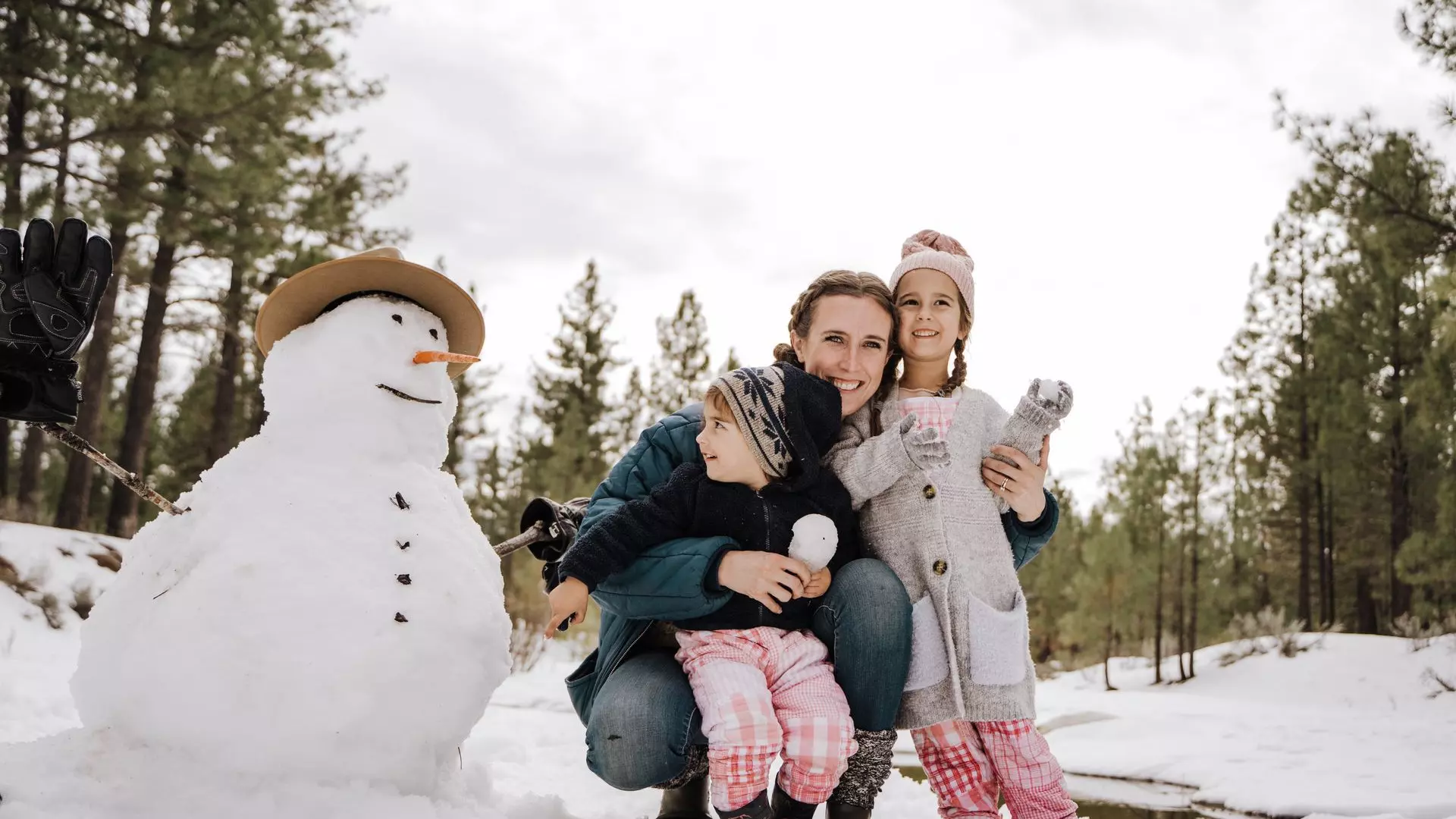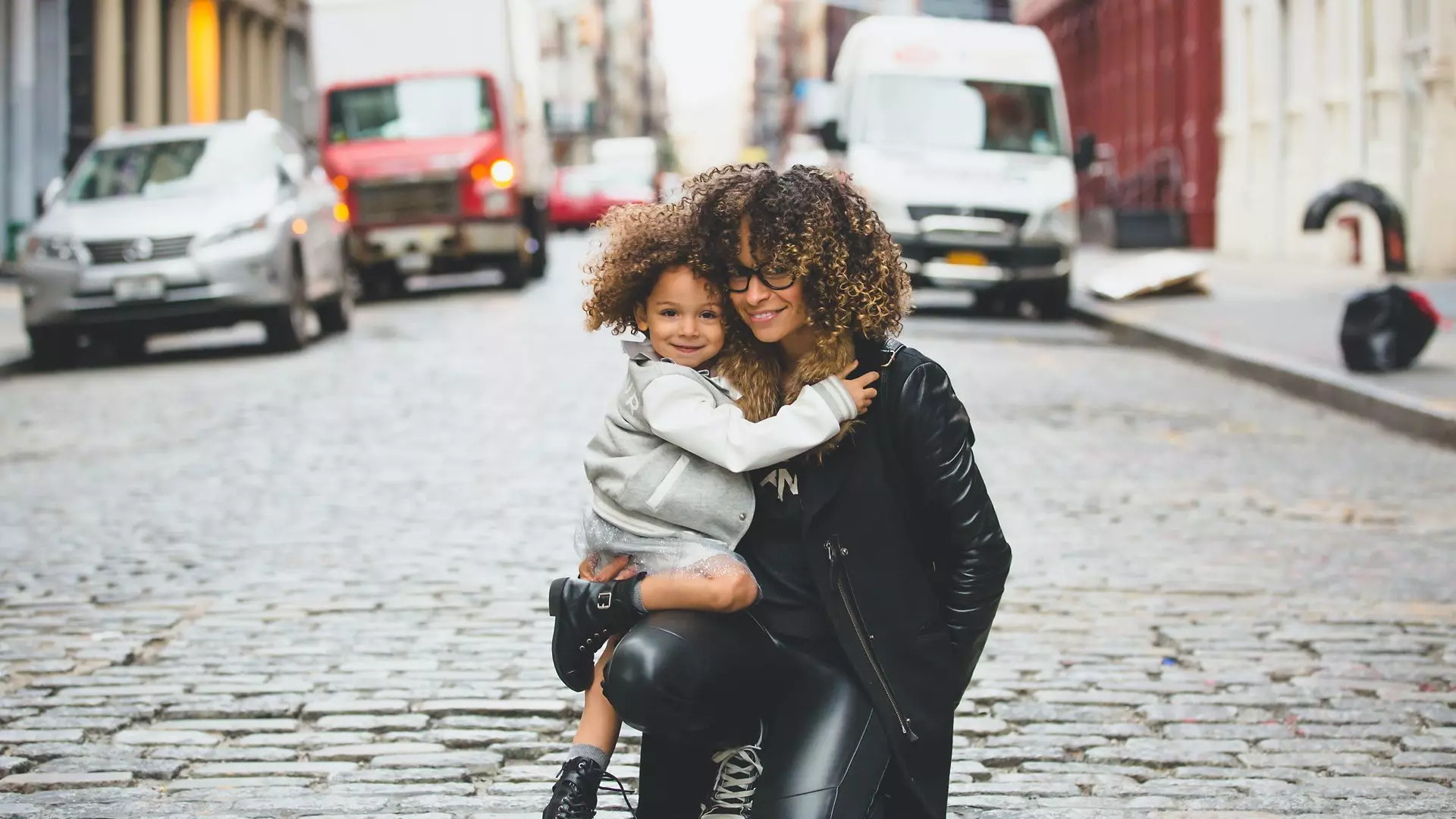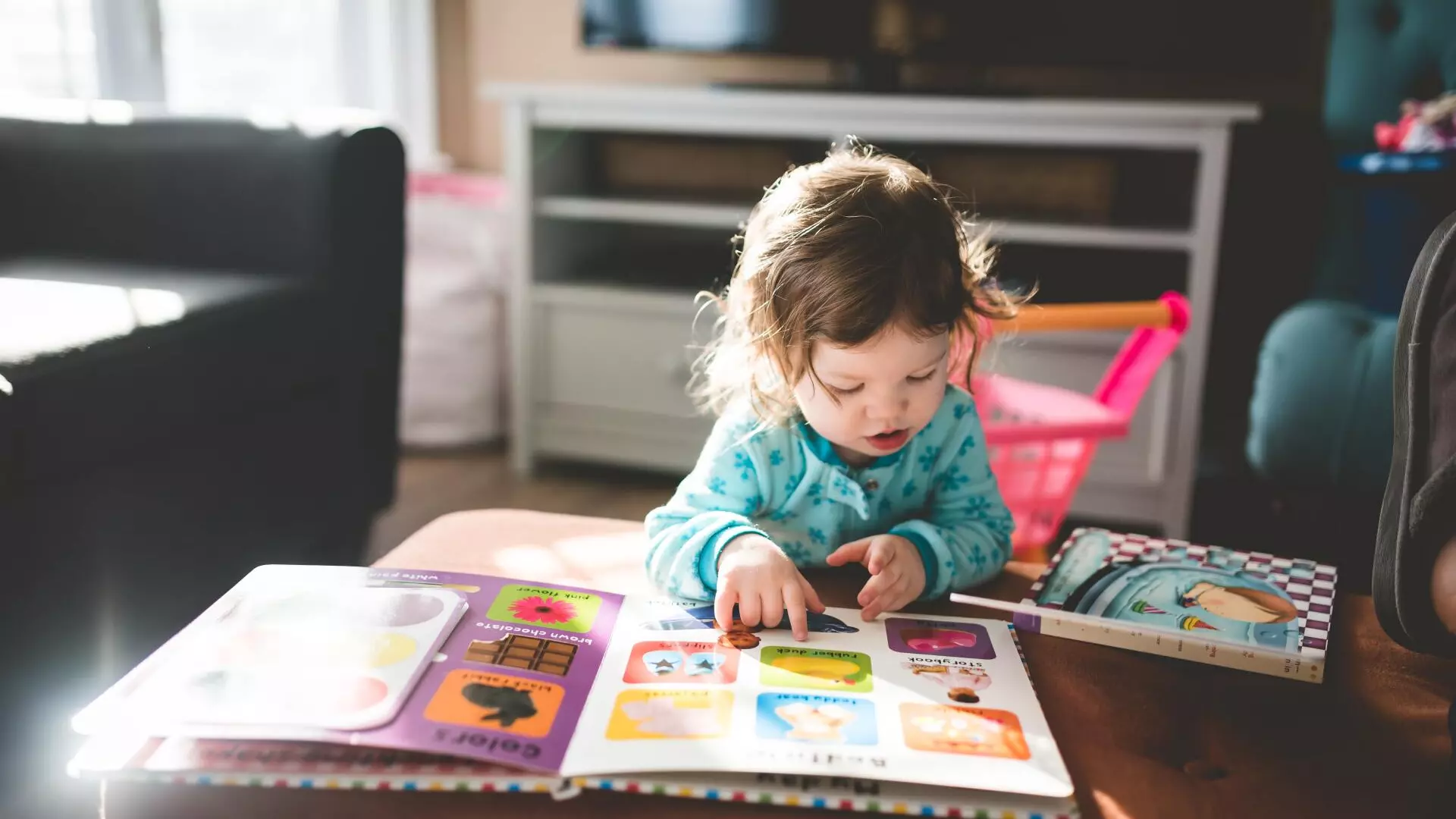Article
10 Books the Kids Should Read Before They're 12 (and Why)

10 Books the Kids Should Read Before They're 12 (and Why)
Compared to their digital cousins, books seem prehistoric. One of their many pluses is that they present fewer distractions, allowing the reader to let go of the endless chatter in both the real and online worlds.
They provide opportunities for empathy by stimulating imagery and emotions in our brains. Studies have even found that reading regularly can lead to children achieving higher scores in general intelligence tests.
But, with apparently almost 150 million titles out there, which ones should your kids immerse themselves in? Find out as we take a look at some classic page-turners that every child should read before they’re 12.
Read All About It!
Reading can be an escapist experience that directs the brain to think more rationally. It can help in the development of our core personality traits. When you give your kids books to read, your gift will speak volumes. Benefits include:
- Improvement in vocabulary, grammar and language skills
- A boost to communication expertise
- A sharpening up of the thought process and superior cognitive development
- Increased focus, emotional intelligence and judgment
- Motivation to learn more
Even Dolly Parton has made it her life’s mission to get children reading. “If I’m remembered 100 years from now, I hope it will be not for looks but for books,” she chimes.
1. The Little Prince by Antoine de Saint-Exupéry
First published 80 years ago this short book has a number of important messages that are still relevant today. It exposes the dangers of ignorance and being narrow-minded. If we make judgments too quickly, the story argues, we can develop prejudices and dangerous stereotypes.
If this happens, we stamp out the continuous questioning and open-mindedness that are integral to a happy and well-adjusted life.
By exploring the world and their own feelings, the narrator and the little prince get a greater understanding of their own nature and place in the world. The Little Prince demonstrates that what we can give to someone else is even more important than what they can give back in return.
2. To Kill a Mockingbird by Harper Lee
This is a classic of modern American literature winning the Pulitzer Prize in 1961. Although it deals with serious issues such as racial inequality, the novel has a reputation for warmth and humour.
The white 6-year-old narrator, nicknamed Scout, lives with Jem, her older brother along with their widowed Dad, Atticus, a lawyer in his middle age. The family have a black cook, Calpurnia, who helps Atticus bring the two children up.
The book teaches a number of life lessons. Firstly, we become defined by the way we treat others with beliefs, religious or otherwise, never a justification for cruel behaviour.
Atticus also teaches Scout that responding to violence with violence achieves nothing: 2 wrongs never make a right. And, the only way to stop a bully is to allow what they say to wash over you. As well as this we have a duty to protect the innocent.
3. Star Girl by Jerry Spinelli
This novel for young adults explores the themes of non-conformity, individuality and kindness. It embraces the concept of being or feeling different from others and the importance of learning to love ourselves for who we are.
Stargirl, a new school pupil, is different from the other children and doesn't quite fit in. Kind and caring, she enjoys standing out from the crowd. The other students, however, struggle to understand her.
She falls in love with Leo, the book's narrator, who wants to conform and blend in with the crowd. Leo finds his relationship with Stargirl tough because they are so different. Although he attempts to change her, Stargirl reaches the conclusion that she actually likes herself the way she is.
4. The Secret Garden by Frances Hodgson Burnett
Once described as “the most significant children’s book of the 20th century,” this book tells a sensitive and complex story. It explores the notion that our relationship with nature can foster our emotional and physical well-being.
Mary Lennox and her cousin Colin become physically and emotionally transformed through working in the secret garden. The stifling rooms and constricting passages of the manor house they live in stand in stark contrast to the freedoms the garden gives them both.
The Secret Garden plays on the power of positive thinking, “Thoughts – just mere thoughts – are as powerful as electric batteries – as good for one as sunlight is, or as bad for one as poison.”
5. Moby Dick by Herman Melville
This is an action story involving whalemen in wooden boats stabbing pointed poles into a creature the size of a bus. Whale hunting may be a poor match for our modern sensibilities but it will draw a massive reaction.
The book continuously reflects on the meaning of life with a large helping of tragedy mixed in. Queequeg, a cannibal harpooneer complete with tattoos makes the top of the list as one of literature’s finest superheroes.
He’s also an example of how we view those who are different from us. We may fear him at first but we soon start to see a fellow human beneath his differences. There are life lessons by the bucketful in this story that teaches us every literary term that has ever existed. The book gets referenced everywhere, from Star Trek to Starbucks!
6. A Complete Collection of Fairytales by Hans Christian Andersen
“The Emperor’s New Clothes,” “The Snow Queen,” “The Ugly Duckling” and a plethora of other fairytales written by Hans Christian Andersen would all be worthy of making this list of books in their own right.
“The Little Mermaid” in particular mixes fantasy with some useful life lessons. If we were to give up during the challenges life throws at us, we would never achieve our dreams, the book shows us. When we try our best, we can and do succeed.
This fairytale teaches us about the importance of nurturing friendships. There’s a lesson about thinking outside the box too. We shouldn’t be afraid to find new uses for objects that stray from their original purpose.
7. The Jungle Book by Rudyard Kipling
Instead of focusing on the family he doesn’t have, Mowgli, one of the book's central characters, concentrates on what he does have. That’s namely a huge jungle that stretches out before his very eyes.
The book also places emphasis on learning to relax and having fun with our friends. Some of life’s pleasures come for free, a theme picked up by one of the songs in the movie adaptation, “Look for the bare necessities, the simple bare necessities, forget about your worries and your strife.”
Facing our fears, being brave and trying out new experiences are some of the themes in this collection of stories by Kipling.
8. Robinson Crusoe by Daniel Defoe
This book has perhaps become even more poignant after the pandemic. One of the book’s lessons surrounds the danger of focusing too heavily on worldly goods. Robinson Crusoe finds gold but realises it has of no value to him.
Marooned on an island, he finds out what is really necessary and rewarding in life. He discovers he can make do with very little. From necessity, he works out how to make what he actually needs.
By the time Crusoe gets rescued after almost 30 years, he has become a new person. Along the way, he forms a meaningful friendship with Friday, a man he rescued from death.
And, he learns a profound lesson that “all our discontents about what we want spring from the want of thankfulness for what we have.”
9. The Catcher in the Rye by J. D. Salinger
Originally meant for adults, this book often gets read by youngsters because of themes related to angst and alienation. The book takes a hard look at the superficiality often found in society.
This coming-of-age novel tackles complicated issues such as identity, belonging, loss and innocence. It teaches us that we are not alone in our frustrations and that we should channel these into something more productive.
It shows us the value of close friends and family along with the importance of preserving special and significant moments.
10. The Hobbit by J. R. R. Tolkien
This book is arguably a good introduction to philosophical concepts. It also promotes the theme of bravery. The story centres on the transformation of the central character, Bilbo Baggins, from a retiring home bird to a courageous superhero.
In fact, it was an act of bravery on Bilbo’s part to leave the comfort of his home in the first place and embark on his big adventure. He shows us that we can also gain happiness when we develop a sense of our self-worth.
Throughout his adventures, Bilbo surrounds himself with companions. Without them, there were times when he might have died. In our lives, we, therefore, need to remember who our friends are and to stay as true to them as they are to us.
Famous Books About Nannies
Our list would not be complete without a mention of some which feature the importance of nannies. The Mary Poppins serie, Madame Doubtfire and the Nurse Matilda books are all great reads but have become somewhat overshadowed by their movie counterparts.
They highlight the important contribution and impact those who look after our kids have on their lives. One way we can return the favour is by ensuring we pay them properly!
Pay The Nanny takes care of the complexities around nanny payroll ensuring you will always be compliant with the legalities around employing and paying your nanny. Find out more here and get your nanny payroll sorted today!

What Should a Nanny Payroll Calculator Include?

10 Fun Winter Ideas for Families and Nannies

The Risks of Paying Your Nanny Cash

Benefits of Becoming an Au Pair in Australia
